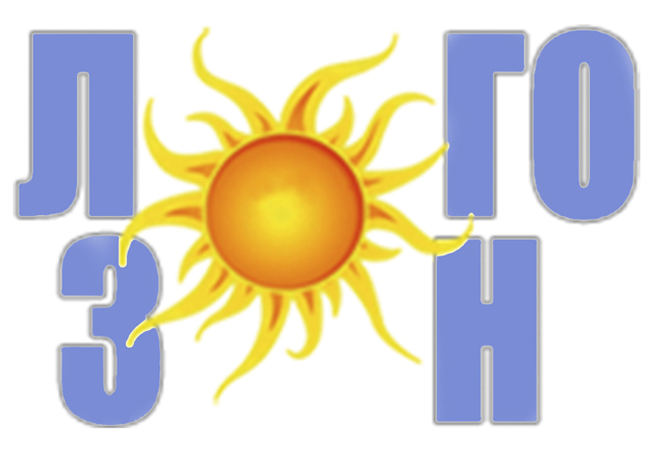Production of sounds is the process of developing a new dynamic stereotype (correct phoneme articulation). First, it is necessary to teach the child to reproduce the phoneme at least in isolation. Relying on different analyzers greatly facilitates the reproduction of new articulation.
The process of creating sounds is based on the implementation of the following techniques:
The required articulatory structure is divided into smaller movements that are trained in the process of articulatory gymnastics, after repeated repetition these articulatory movements are combined, and the child develops a kinesthetic feeling about the position of the speech organs.
The practiced movements are combined into a complex and in this way the necessary articulation system is created.
When reproducing the articulation of the structure, the voice exhalation jet is turned on, and the child utters a sound.
After that, auditory attention is connected to the sound of the phoneme. To form the skills of correct pronunciation, three methods are used: by imitation, mechanical and mixed.
By imitation
Wide use of all types of control is expected, which helps the child consciously reproduce the necessary movement or position of the speech organs and the sound of the phoneme. The child must consider the location of the speech therapist’s articulation organs (using a mirror), feel the nature of the air stream and the vibration of the larynx (tactile control) and reproduce the required phoneme during the game.
Mechanical method
Provides a mechanical effect on the speech organs with the help of:
staging speech therapy probes;
spatula;
the speech therapist’s or child’s finger.
This method is based on setting the sound from any original verbal structures (correctly pronounced sounds are taken as the original). For the first time, production speech therapy probes were introduced by F.A. Rau for the production of sounds in deaf children, and then, due to the high efficiency of use, they were widely used in children with normal hearing
F. Rau offers 7 probes (6 – numbered and a ball probe)
Staged logopedic probes according to the method of L.S. Volkova are also used.
L.S. Volkova proposed 7 probes under numbers. The production probes of L.S. Volkova are somewhat different from the probes proposed by F.A. Rau
N.S. Pyliaieva proposed 3 probes for producing sounds:
Speech therapy staging probe by the method of Pyliaieva N.S. №1 [R, R’]
Speech therapy staging probe by the method of N.Pyliaieva №2 [Phonemes S, Z]
Speech therapy staging probe by the method of N.Pyliaieva №4 [Phonemes Zh, Ch, Sh]
/ IMPORTANT / When using probes, their use does not always coincide with the child’s wishes. It is necessary to carry out psychotherapeutic work, to try out the effect of the probe in a playful way.
mixed method
It involves mechanical exposure plus an explanation by a speech therapist, as well as a demonstration of correct articulation by a speech therapist. First, it is advisable to tell, and then apply mechanical influence – a probe.
Speech therapy classes on production of sounds are conducted individually, especially when mechanical assistance is needed or when using a mixed method of production of sounds.
